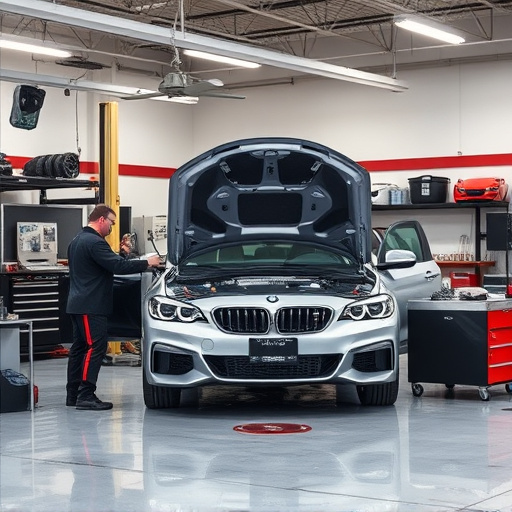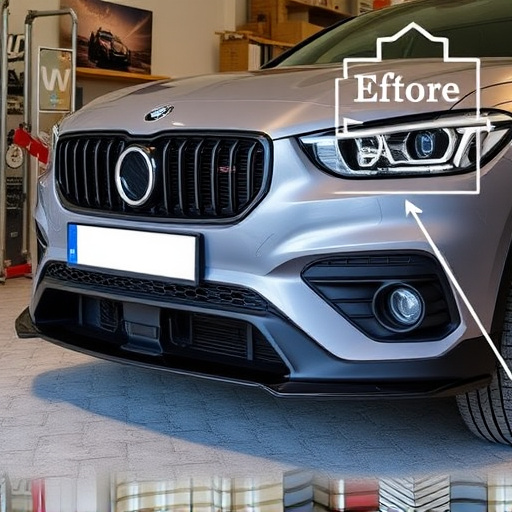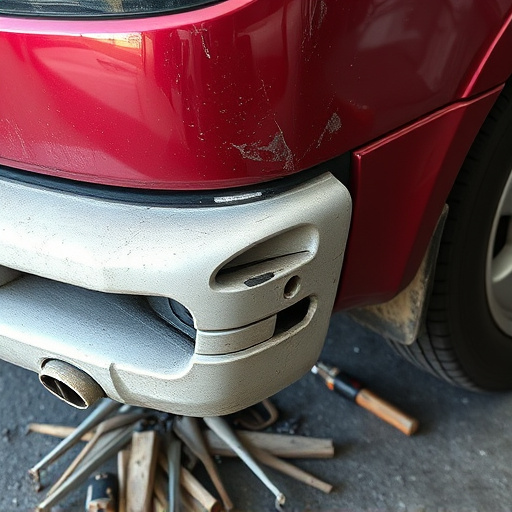Sectioning procedures are essential for efficient car body repair, allowing detailed work on specific components like hoods, fenders, and chassis. This method simplifies inventory management and cost estimation by ordering parts tailored to each section. Warranty coverage varies based on vehicle age, brand, service type, and warranty type (manufacturer's or extended), influencing out-of-pocket expenses. Understanding rights and responsibilities during these procedures ensures a smooth repair process, with clear communication vital for protecting your interests.
In the world of appliances, understanding sectioning procedures and warranty coverage is crucial for informed purchasing decisions. This comprehensive guide breaks down these complex topics into simple, digestible sections. We’ll explore ‘Understanding Sectioning Procedures: A Clear Breakdown’, delve into ‘Warranty Coverage Explained: What You Need to Know’, and unravel the mysteries of ‘Demystifying Claims: Your Rights and Responsibilities’. By the end, you’ll be equipped with the knowledge to navigate these processes with confidence.
- Understanding Sectioning Procedures: A Clear Breakdown
- Warranty Coverage Explained: What You Need to Know
- Demystifying Claims: Your Rights and Responsibilities
Understanding Sectioning Procedures: A Clear Breakdown
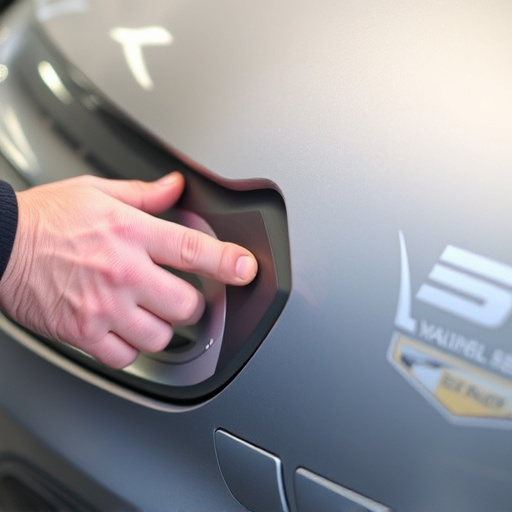
Understanding sectioning procedures is crucial for anyone looking into car body repair or automotive repair services. This process involves breaking down the damaged vehicle into smaller components to facilitate more precise and effective repairs. By focusing on specific sections, auto repair shops can ensure that each part receives tailored attention, enhancing the overall quality of the car body repair.
Sectioning allows technicians to assess and address unique challenges posed by different areas of the vehicle. Whether it’s the intricate details of a car’s hood, the complex nature of its fenders, or the precise adjustments needed for the chassis, this methodical approach ensures that no detail is overlooked. It also enables better inventory management and cost estimation, as shops can order replacement parts specific to each section, streamlining the automotive repair process.
Warranty Coverage Explained: What You Need to Know
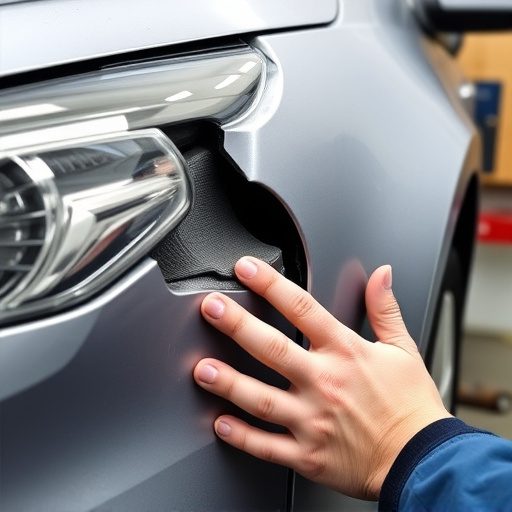
Warranty coverage is a crucial aspect of any car purchase, offering peace of mind and financial protection against unexpected repairs. When you bring your vehicle to an auto repair shop or car repair shop for service, it’s essential to understand what is covered under the warranty. This includes not only manufacturing defects but also issues arising from poor workmanship during initial installation or subsequent maintenance.
The scope of coverage can vary widely depending on factors such as the age and brand of your vehicle, the type of service performed, and whether you purchased a manufacturer’s or extended warranty. For instance, a fender repair might be fully covered under certain conditions, while routine maintenance tasks like oil changes are often excluded. Familiarizing yourself with these terms and conditions ensures that you know what to expect when it comes to out-of-pocket expenses and the level of support provided by your chosen auto repair shop during the sectioning procedures.
Demystifying Claims: Your Rights and Responsibilities

When it comes to claims, understanding your rights and responsibilities is crucial. Especially when dealing with complex processes like sectioning procedures. These are often required for extensive repairs, such as fleet repair services or auto repair near me, where certain components need to be replaced or upgraded. During these times, it’s essential to know that you have the right to file a claim and receive compensation for eligible expenses. This includes parts, labor, and sometimes even rental cars if your vehicle is immobilized due to non-preventable circumstances.
Your responsibilities involve providing accurate information, adhering to the terms of your warranty or insurance policy, and ensuring regular maintenance to prevent claims from arising due to preventable issues, like a car dent removal. Remember, clear communication with your service provider is key to navigating these processes smoothly. By demystifying your rights and duties, you can make informed decisions, ensuring that any repairs are executed efficiently while protecting your interests.
In understanding complex processes like sectioning procedures and warranty coverage, knowledge is empowering. This article has provided a clear breakdown of sectioning procedures, demystified warranty coverage, and outlined your rights and responsibilities when making claims. By now, you should feel more equipped to navigate these aspects of product ownership, ensuring peace of mind and optimal protection for your investments. Remember, staying informed is key to making the most of your warranties and resolving any issues that may arise.






